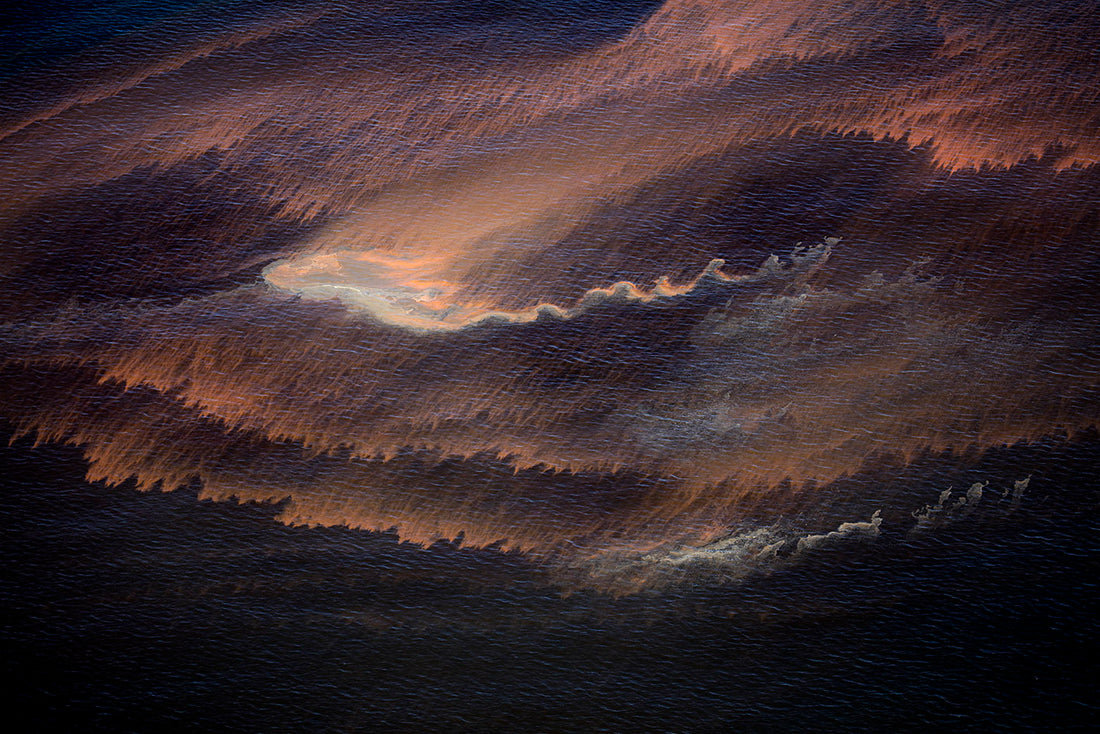
An Ocean on Fire
Share
Psychedelic waves of algal blooms swell and break in ruddy flushes as a red tide colours the icy waters of the Atlantic Ocean.

Drifting throughout the ocean, invisible to the naked eye, are countless microscopic algae. They come in many shapes and sizes; are exceptionally beautiful when seen under a microscope. These tiny algae are essential components to ocean life as they fuel the food web by harnessing light energy from the sun. But when supplied with excess nutrients, they can multiply uncontrollably, becoming an unwanted mass commonly called a “red tide” that smothers nearby ocean life.

A red tide, also called an algal bloom normally gets triggered with the upwelling of nutrients from the sea floor, often following storms which provides sustenance for the algae and triggers these spectacular yet potentially deadly bloom events.
Red tides are nothing new and are a naturally occurring event in coastal waters all over the world. The earliest reports of red tides are from Japan in the 8th century. Spanish explorers heard stories of “red water” from Florida Indians in the 16th century.

When occurring on a dramatic scale the algae that cause red tides produce toxins that can attack the nervous systems of fish, shellfish and birds as well as humans and other mammals.
Some of these spectacular images are featured in our latest fine art book entitled Aerial Art.
